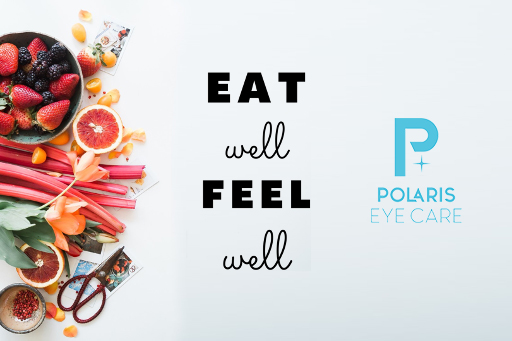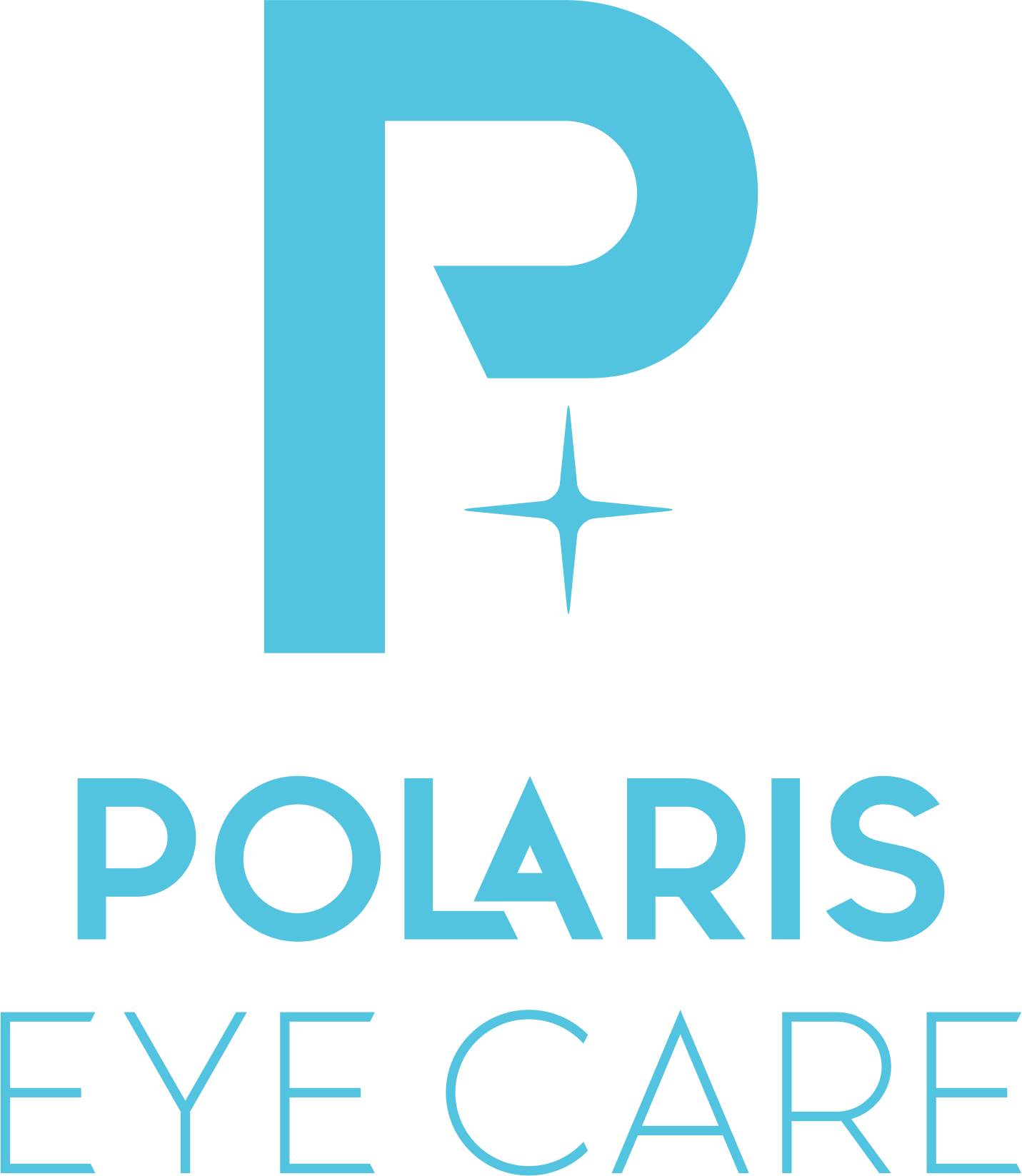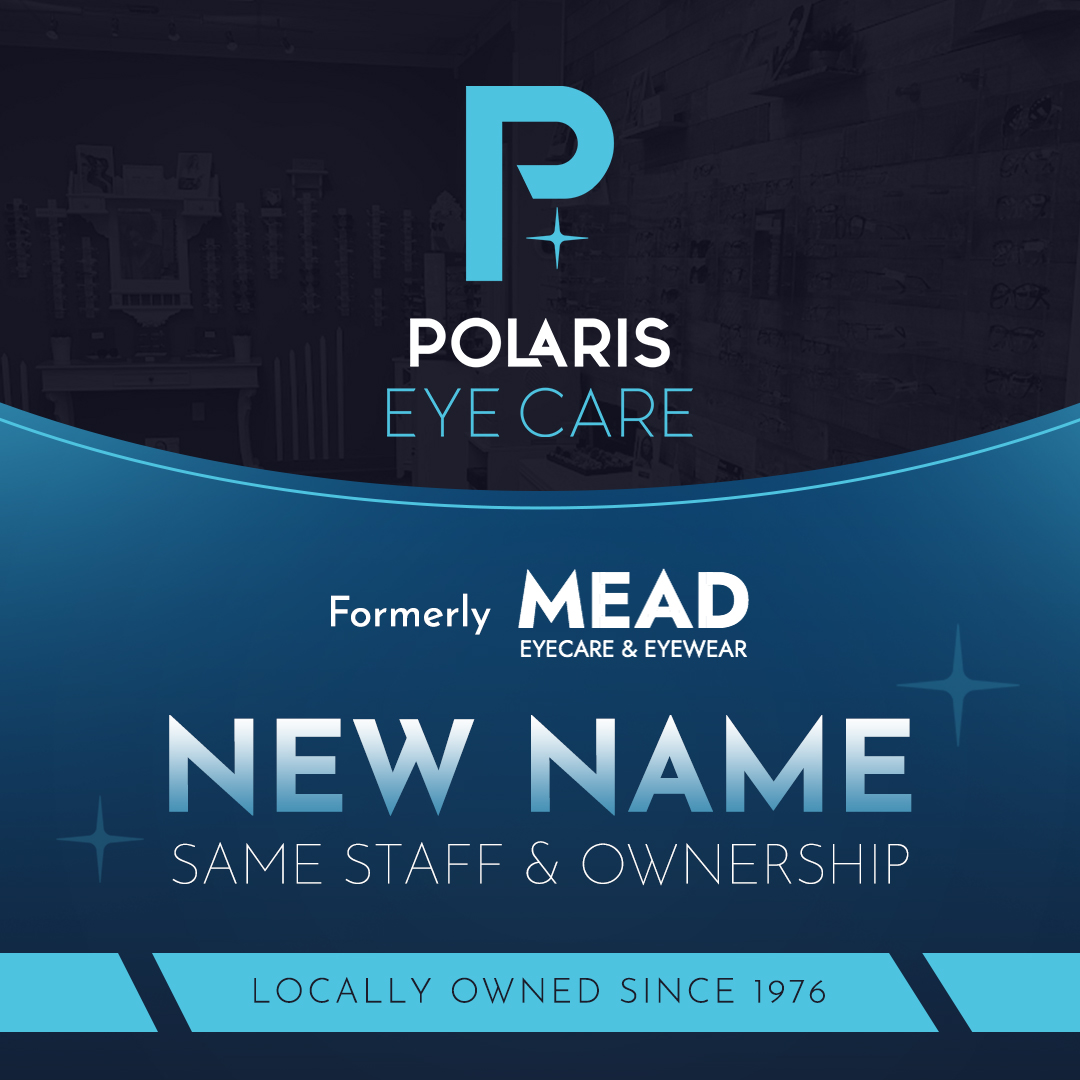
Nutrition plays a significant role in the prevention and progression of common eye diseases, including age-related macular degeneration (ARMD), diabetic retinopathy, cataracts, and glaucoma. Diets rich in antioxidants—such as vitamins C and E, carotenoids (lutein and zeaxanthin), and zinc—are associated with a lower risk of these conditions. High intake of green leafy vegetables, fruits, and fish (sources of omega-3 fatty acids) has been shown to reduce the progression of AMD and other ocular diseases. Specifically, higher consumption of lutein and zeaxanthin (found in spinach, kale, and eggs) and omega-3 fatty acids (from fish) is linked to decreased risk of AMD progression and other vision-threatening disorders.
Adherence to dietary patterns such as the Mediterranean diet, which emphasizes fruits, vegetables, whole grains, legumes, nuts, and olive oil, is associated with reduced incidence and progression of AMD and diabetic retinopathy, and may also lower the risk of cataract formation. Plant-based diets and those with a low glycemic index are also beneficial, particularly for diabetic retinopathy.
A high composite dietary antioxidant index (CDAI), reflecting greater intake of antioxidants, correlates with lower odds of diabetic retinopathy, cataracts, glaucoma, and macular degeneration. However, the benefit is most pronounced when nutrients are obtained from whole foods rather than supplements, as excessive supplementation may not confer additional benefit and could pose risks. In summary, a diet emphasizing green leafy vegetables, fruits, fish, nuts, and whole grains, while minimizing processed foods and added sugars, is associated with better eye health and reduced risk of major ocular diseases.
1. The Role of Nutritional Factors in Transitioning Between Early, Mid, and Late Stages of Age-Related Macular Degeneration: Prospective Longitudinal Analysis.
Seddon JM, De D, Rosner B.
The American Journal of Clinical Nutrition. 2024;120(6):1387-1398. doi:10.1016/j.ajcnut.2024.08.019.
New Research
2. Dietary Sources of Lutein and Zeaxanthin Carotenoids and Their Role in Eye Health.
Abdel-Aal el-SM, Akhtar H, Zaheer K, Ali R.
Nutrients. 2013;5(4):1169-85. doi:10.3390/nu5041169.
3. The Relationship Between Dietary Patterns and Ophthalmic Disease.
Mulpuri L, Sridhar J, Goyal H, Tonk R.
Current Opinion in Ophthalmology. 2023;34(3):189-194. doi:10.1097/ICU.0000000000000943.
4. The Mediterranean Diet and Age-Related Eye Diseases: A Systematic Review.
Wu Y, Xie Y, Yuan Y, et al.
Nutrients. 2023;15(9):2043. doi:10.3390/nu15092043.
5. Diet and Ideal Food Pyramid to Prevent or Support the Treatment of Diabetic Retinopathy, Age-Related Macular Degeneration, and Cataracts.
Rondanelli M, Gasparri C, Riva A, et al.
Frontiers in Medicine. 2023;10:1168560. doi:10.3389/fmed 2023.1168560.
6. Diet and Risk of Visual Impairment: A Review of Dietary Factors and Risk of Common Causes of Visual Impairment.
Broadhead GK, Hong T, Bahrami B, et al.
Nutrition Reviews. 2021;79(6):636-650. doi:10.1093/nutrit/nuaa100.
Leading Journal
7. Exploring the Association Between Composite Dietary Antioxidant Index and Ocular Diseases: A Cross-Sectional Study.
Zhang J, Xiao L, Zhao X, Wang P, Yang C.
BMC Public Health. 2025;25(1):625. doi:10.1186/s12889-025-21867-5.
New Research
8. Food Components and Ocular Pathophysiology: A Critical Appraisal of the Role of Oxidative Mechanisms.
Raman R, Vaghefi E, Braakhuis AJ.
Asia Pacific Journal of Clinical Nutrition. 2017;26(4):572-585. doi:10.6133/apjcn.082016.01.
9. Antioxidant Nutraceutical Strategies in the Prevention of Oxidative Stress Related Eye Diseases.
Rodella U, Honisch C, Gatto C, Ruzza P, D'Amato Tóthová J.
Nutrients. 2023;15(10):2283. doi:10.3390/nu15102283.








